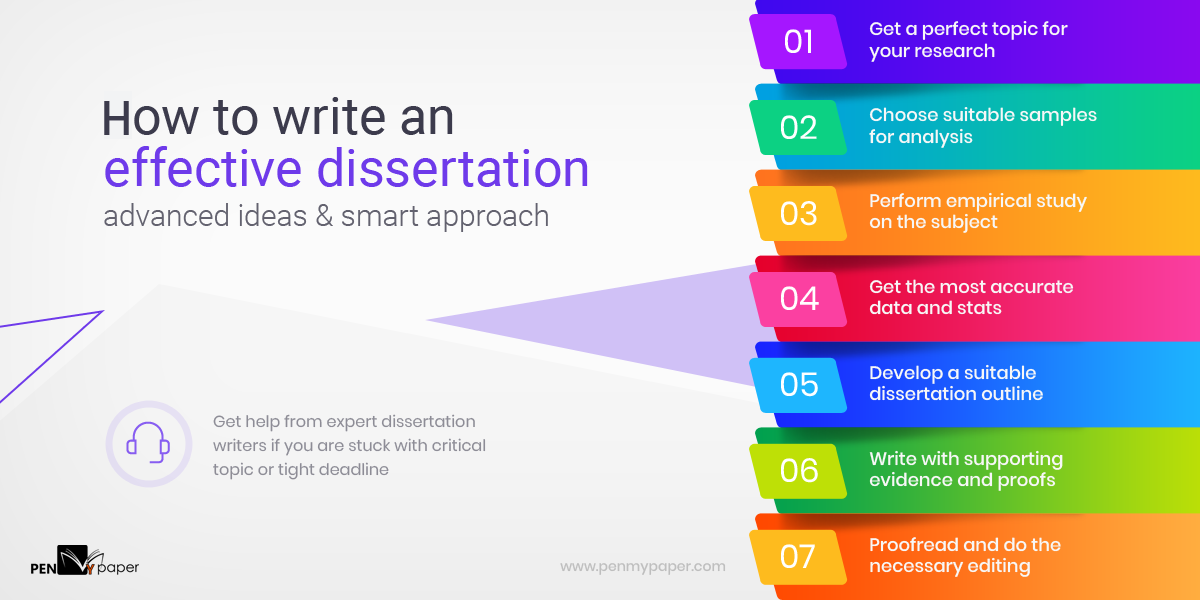Dissertation Writing Demystified: A Practical Guide for Research and Writing

What is a Dissertation Writing?
Dissertation writing refers to the process of conducting independent research and presenting the findings in a formal written document. A dissertation is a substantial piece of academic work that serves as the culmination of a student’s graduate or doctoral studies. It is typically required for the completion of a master’s or doctoral degree.
The purpose of dissertation writing is to demonstrate a student’s ability to engage in rigorous research, critically analyze existing literature, and contribute new knowledge to their field of study. It is an opportunity for students to delve deep into a specific topic, conduct original and independent research, present their findings in a comprehensive and scholarly manner, and contribute to the body of knowledge in their respective filed.
Dissertation writing involves various stages, including selecting a research topic, conducting a literature review, designing a research methodology and framework, collecting and analyzing data, and presenting the results and conclusions. The writing process requires careful organization, critical thinking, and adherence to academic writing conventions, such as proper citation and referencing.
Its length can vary depending on the topic, field of study, and institution. Generally, a Master’s dissertation can range from 15,000 to 30,000 words, while a Doctoral dissertation can be anywhere from 50,000 to 1,00,000 words or more.
The timeline for completing a dissertation can vary depending on various factors, including the program, research topic, available resources, and individual circumstances. It is common for students to begin working on their dissertations after completing coursework or comprehensive exams. The dissertation writing process can take several months to several years, depending on the complexity of the research and the time dedicated to writing and research activities.
Types of Dissertations Students May Pursue
Several types of dissertations can be pursued depending on the nature of the research, the academic discipline, and the requirements of the educational institution. Here are some common types of dissertations:
- Empirical Research Dissertation: This type of dissertation involves conducting original research and collecting primary data through surveys, experiments, observations, or interviews. It focuses on analyzing the data to address research questions or hypotheses and draws conclusions based on the findings.
- Literature-Based Dissertation: A literature-based dissertation, also known as a desk-based dissertation or secondary research dissertation, primarily relies on existing literature and secondary data sources. It involves conducting a comprehensive review and critical analysis of published research, theories, and concepts to provide new insights, identify gaps, or develop theoretical frameworks.
- Practice-Based Dissertation: Practice-based dissertations are commonly pursued in fields such as art, design, and creative disciplines. They involve a combination of creative work or practical projects, along with a written component that reflects on the process, context, and theoretical underpinnings of the creative work.
- Theoretical Dissertation: A theoretical dissertation focuses on developing or refining theoretical frameworks, models, or concepts within a specific discipline. It involves an extensive literature review, critical analysis, and synthesis of existing theories and concepts to propose new theoretical perspectives or contribute to theoretical debates.
- Case Study Dissertation: A case study dissertation involves in-depth analysis and exploration of a specific case or cases to provide insights, explanations, or recommendations. It typically involves qualitative research methods such as interviews, observations, or document analysis to understand the complexities and nuances of the case(s) under investigation.
- Mixed Methods Dissertation: A mixed methods dissertation combines both qualitative and quantitative research approaches. It involves collecting and analyzing both primary and secondary data, using a combination of qualitative and quantitative methods, to gain a comprehensive understanding of the research topic.
- Systematic Review Dissertation: A systematic review dissertation aims to synthesize and evaluate existing research literature on a specific topic. It follows a structured and laborious methodology to identify, analyze, and summarize relevant studies, often to answer specific research questions or assess the quality of the existing evidence base.
These are some common types of dissertations, but it is important to note that the specific requirements and expectations may vary across disciplines and educational institutions. It is advisable to consult with your advisor or refer to the guidelines provided by your institution to determine the appropriate type of dissertation for your research.
